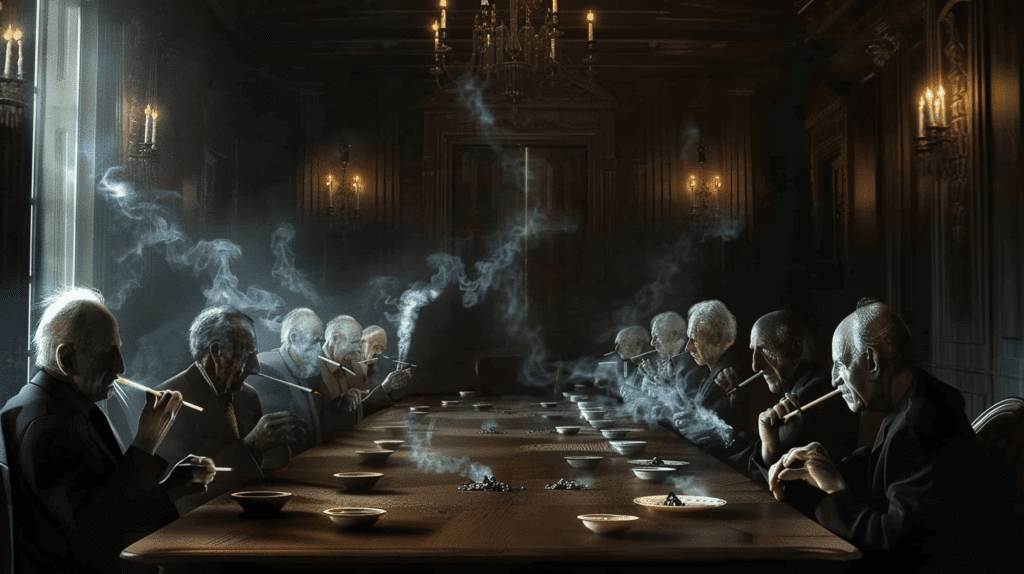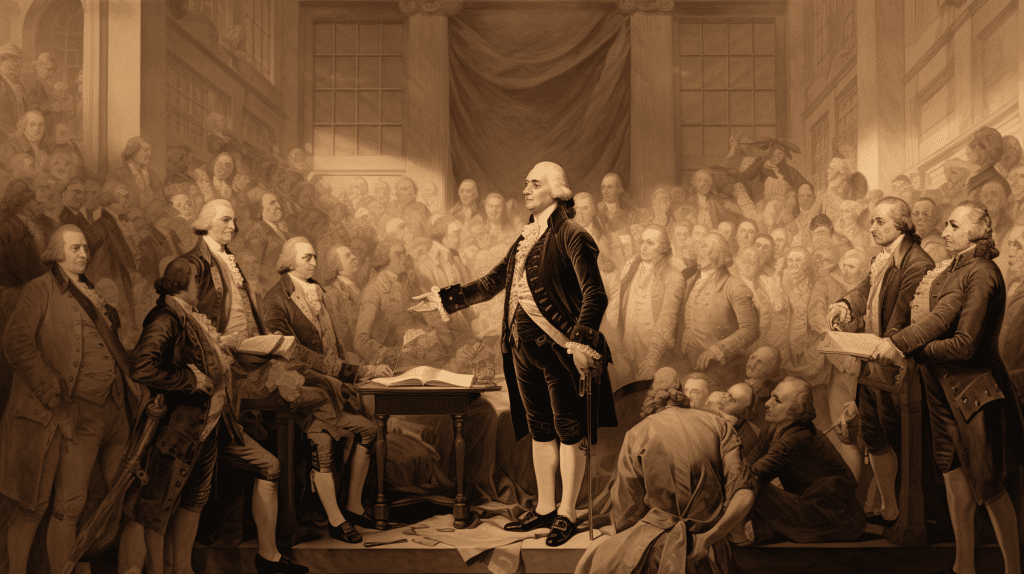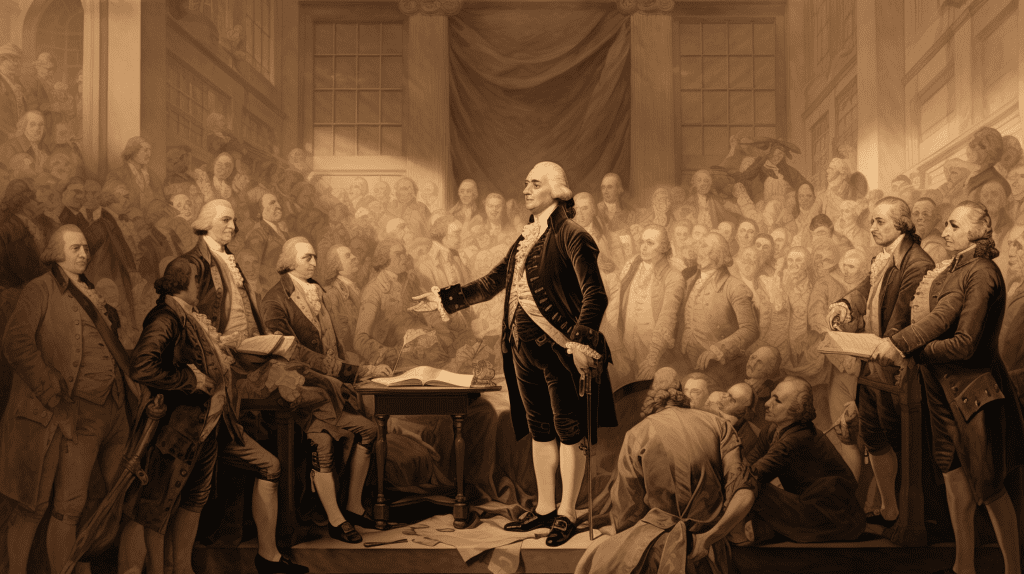Cultivation theory is a significant concept in media studies, particularly within the context of psychology and how media influences viewers. Developed by George Gerbner in the 1960s, cultivation theory addresses the long-term effects that television has on the perceptions of the audience about reality. This overview will discuss the origins of the theory, its key components, the psychological mechanisms it suggests, and how it applies to modern media landscapes.
Origins and development
Cultivation theory emerged from broader concerns about the effects of television on viewers over long periods. To study those effects, George Gerbner, along with his colleagues at the Annenberg School for Communication at the University of Pennsylvania, initiated the Cultural Indicators Project in the mid-1960s.
This large-scale research project aimed to study how television content affected viewers’ perceptions of reality. Gerbner’s research focused particularly on the cumulative and overarching impact of television as a medium rather than the effects of specific programs.
Core components of cultivation theory
The central hypothesis of cultivation theory is that those who spend more time watching television are more likely to perceive the real world in ways that reflect the most common and recurrent messages of the television world, compared to those who watch less television. This effect is termed ‘cultivation.’
1. Message System Analysis: This involves the study of content on television to understand the recurring and dominant messages and images presented.
2. Cultivation Analysis: This refers to research that examines the long-term effects of television. The focus is on the viewers’ conceptions of reality and whether these conceptions correlate with the world portrayed on television.
3. Mainstreaming and Resonance: Mainstreaming is the homogenization of viewers’ perceptions as television’s ubiquitous narratives become the dominant source of information and reality. Resonance occurs when viewers’ real-life experiences confirm the mediated reality, intensifying the cultivation effect.
Psychological mechanisms
Cultivation theory suggests several psychological processes that explain how media exposure shapes perceptions:
- Heuristic Processing: Television can lead to heuristic processing, a kind of psychological biasing where viewers use shortcuts in thinking to quickly assess reality based on the most frequently presented images and themes in media.
- Social Desirability: Television often portrays certain behaviors and lifestyles as more desirable or acceptable, which can influence viewers to adopt these standards as their own.
- The Mean World Syndrome: A significant finding from cultivation research is that heavy viewers of television tend to believe that the world is a more dangerous place than it actually is, a phenomenon known as the “mean world syndrome.” This is particularly pronounced in genres rich in violence, like crime dramas and news.
Critiques and modern perspectives
Cultivation theory has faced various critiques and adaptations over the years. Critics argue that the theory underestimates viewer agency and the role of individual differences in media consumption. It is also said to lack specificity regarding how different genres of television might affect viewers differently.
Furthermore, with the advent of digital media, the theory’s focus on television as the sole medium of significant influence has been called into question. Modern adaptations of cultivation theory have begun to consider the effects of internet usage, social media, and platform-based viewing, which also offer repetitive and pervasive content capable of shaping perceptions.
Application to modern media
Today, cultivation theory is still relevant as it can be applied to the broader media landscape, including online platforms where algorithms dictate the content viewers receive repetitively. For example, the way social media can affect users’ perceptions of body image, social norms, or even political ideologies often mirrors the longstanding concepts of cultivation theory.
In conclusion, cultivation theory provides a critical framework for understanding the psychological impacts of media on public perceptions and individual worldviews. While originally developed in the context of television, its core principles are increasingly applicable to various forms of media, offering valuable insights into the complex interplay between media content, psychological processes, and the cultivation of perception in the digital age.







